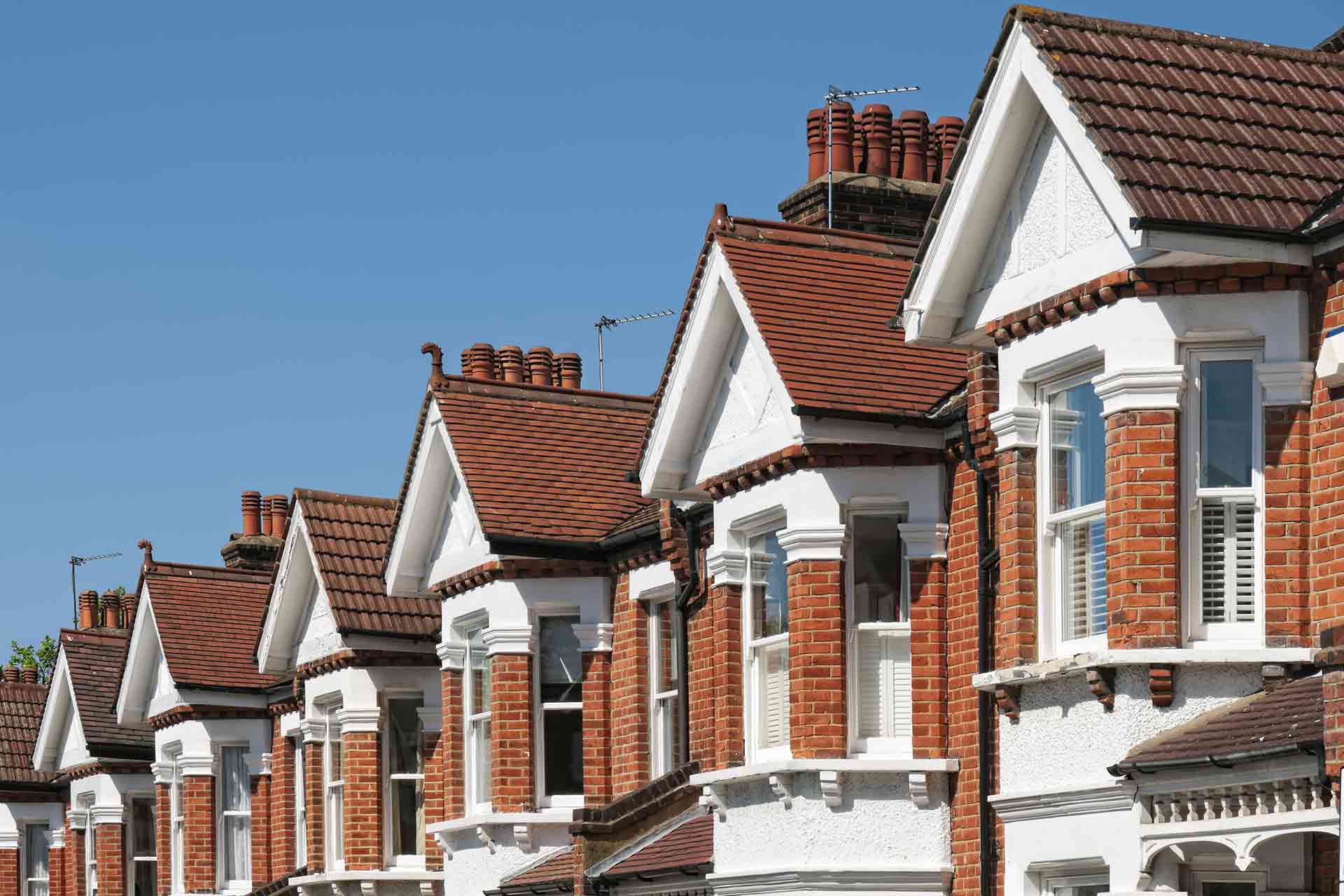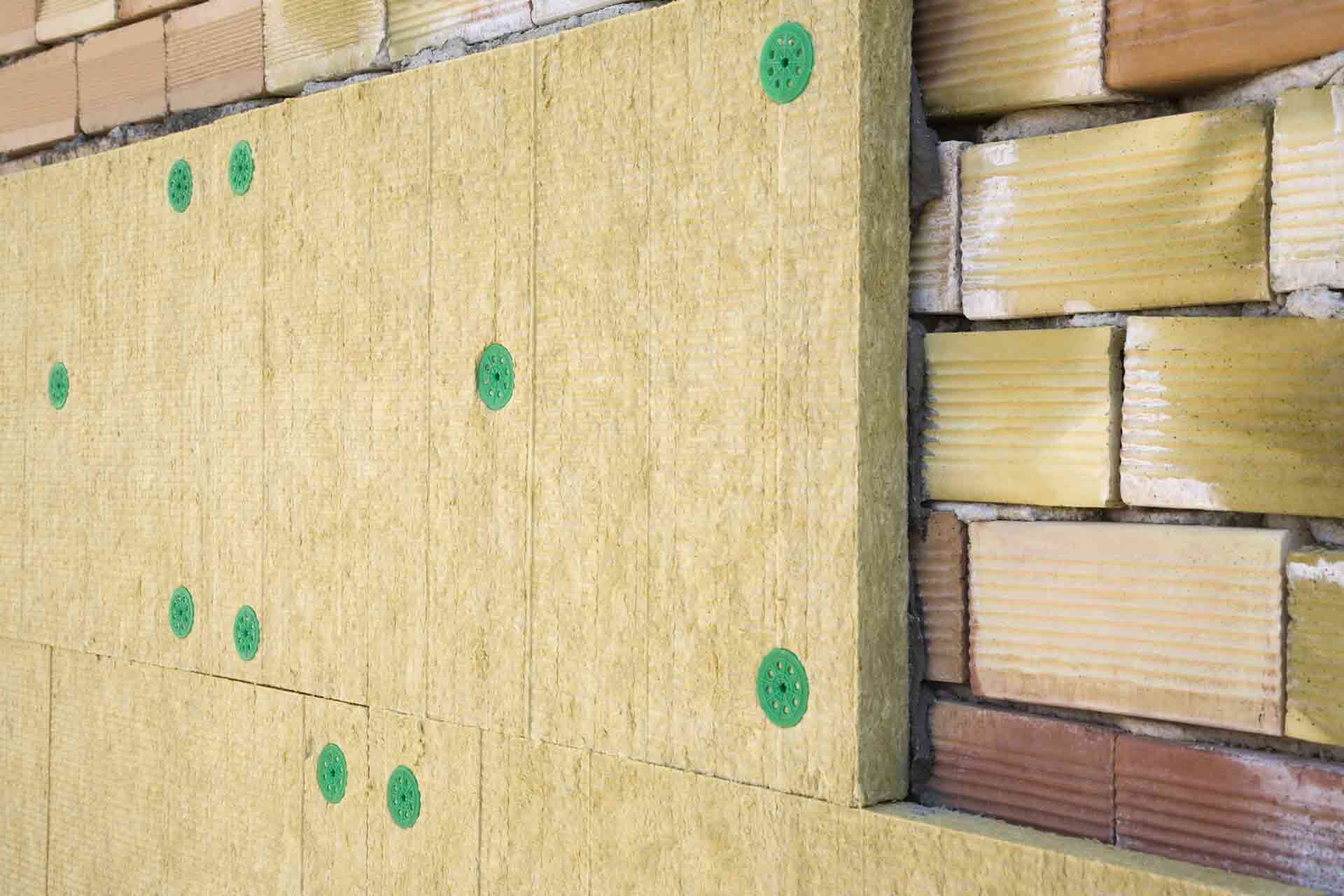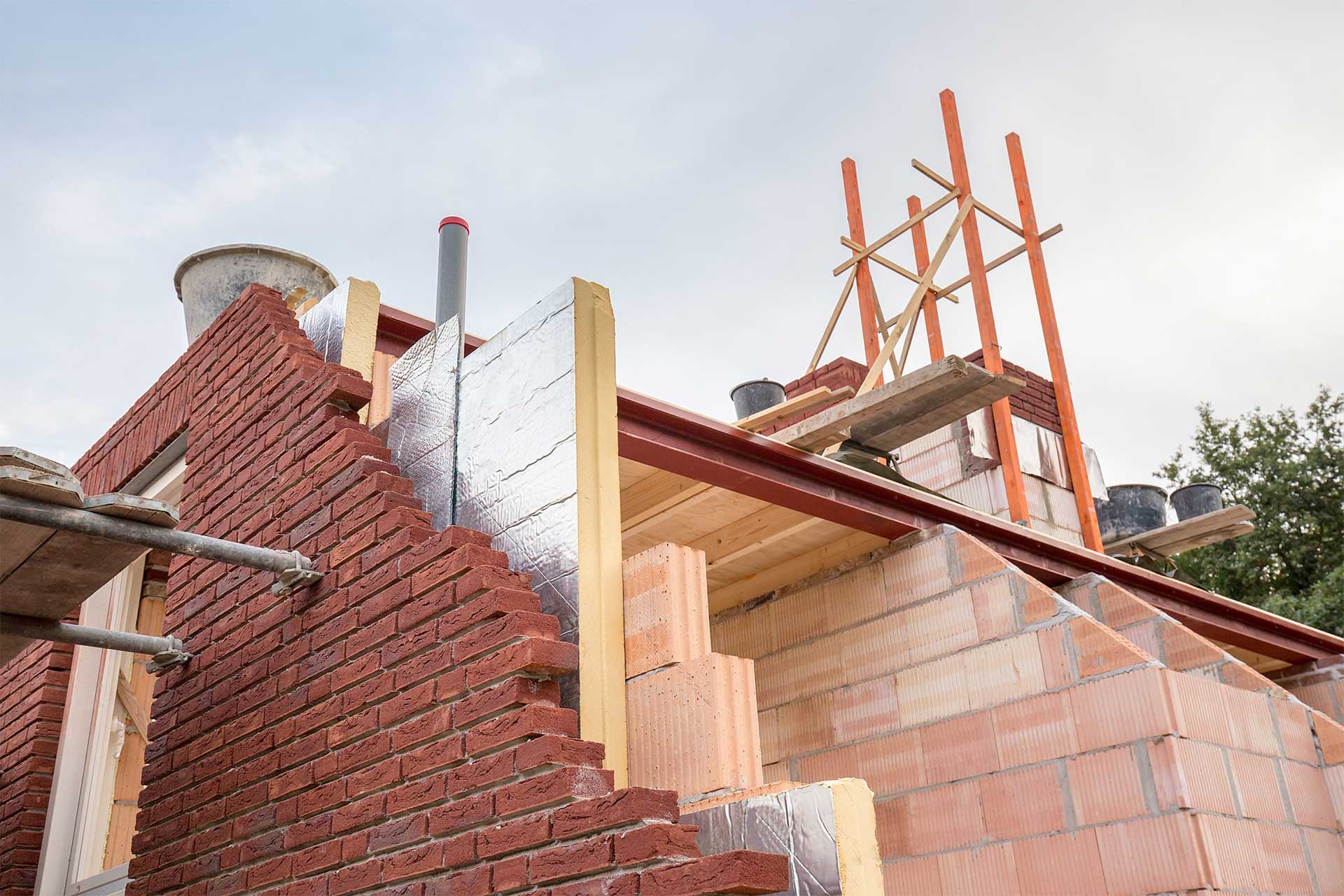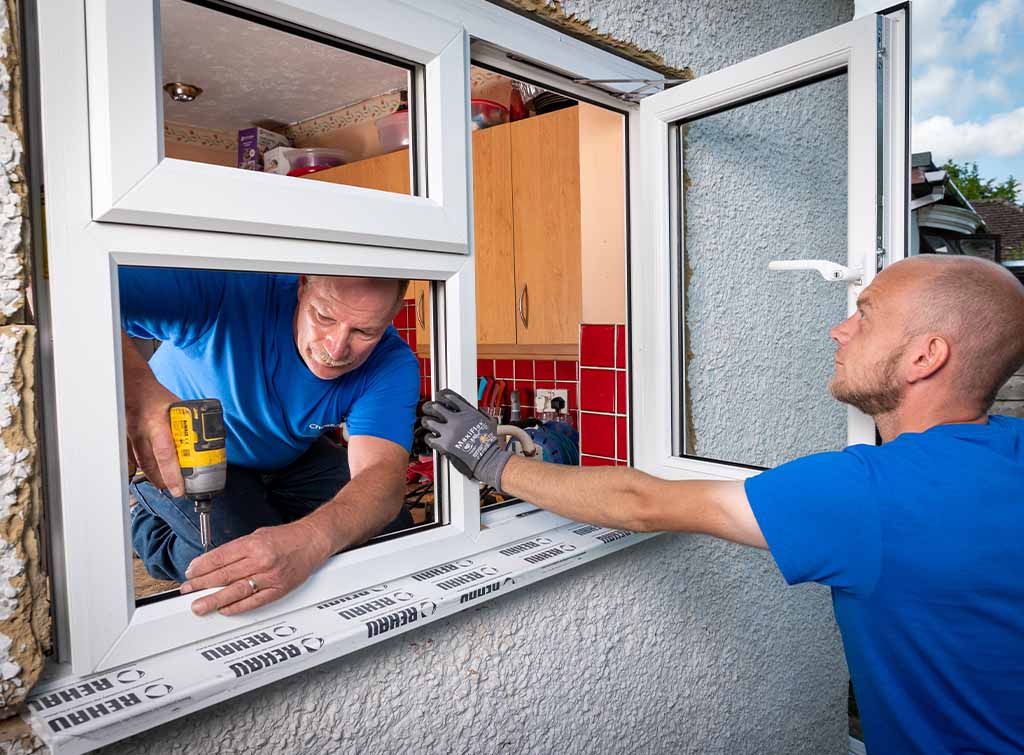Blog>Cost Guides>How much does it cost to retrofit a house in the UK?
Last updated: 9 July 2025
How much does it cost to retrofit a house in the UK?
In this guide, we look at the average cost of retrofitting a house in the UK, potential savings, and the financial help available.

Fast Facts
Retrofitting your home can lower your energy bills and increase your home value
Retrofitting measures such as draught-proofing and secondary glazing are the most affordable
Loft insulation and cavity wall insulation are among the most cost-effective ways to improve your home's energy efficiency
Solid wall insulation is one of the most expensive retrofit improvements, but it offers the highest potential cost savings (on your energy bills)
Whether you're looking to cut your energy bills, make a draughty home less chilly, or reduce your carbon footprint, retrofitting can make a big difference.
Here, you'll find an overview of how much it costs to retrofit a home, the typical measures UK homeowners undertake, the potential savings you could enjoy, and the schemes available to help toward the cost.
What is retrofitting?
Retrofitting refers to upgrading a building to improve aspects such as safety, sustainability, or energy efficiency.
In the UK, 24 million homes need upgrading to achieve the ideal minimum energy efficiency standards or above (TrustMark).
In the context of improving home energy efficiency, there are several areas that can be addressed to reduce heat loss and energy consumption:
Adding insulation to walls, floors, and the loft/roof
Upgrading windows and doors to double or triple-glazing
Replacing inefficient heating systems such as an old boiler with a modern heat pump
Draught-proofing to seal gaps in floors, doors, and chimneys to minimise heat loss
Why retrofit?
More than just reducing heat loss and energy consumption, retrofitting offers many other benefits:
Lower energy bills - reduce heating costs by minimising heat loss
Enhanced home comfort - a warmer home in winter; cooler in summer
Increased property value - energy-efficient homes are more desirable to buyers
Healthier living environment - reduced damp and mould and improved air quality
Reduced carbon emissions - great for the environment
See the tradespeople we've checked and recommend for your job
How much could you save by retrofitting your home?
Investing in a home retrofit can lead to significant savings on your energy bills (alongside all the other benefits we listed earlier).
The exact amount you could save will depend on several factors, including the improvements you make, the size of your home, and your current energy usage/cost.
However, as a guide, here's an estimate from the Energy Saving Trust of the potential annual savings on your energy bills for each measure:
Cavity wall insulation: £110-£410 per year
Solid wall insulation: £150-£550 per year
Loft insulation (new): £200-£380 per year
Loft insulation (topping up): £19-35 per year
Floor insulation: £45-£120 per year
Double-glazing: Up to £150 per year (if replacing single glazing with A++ rated double glazing in a semi-detached, gas heated home)
Draught-proofing: Around £40 per year (windows and doors); Around £55 per year (unused chimney)
The range in costs for each measure (low to high) represents the average savings for different-sized properties, e.g. a mid-terraced home up to a detached property.

On Checkatrade, you'll only find trades who meet our high standards and pass up to 12 checks.
Financial support for retrofitting
The UK government offers financial assistance to eligible homes to help with the cost of making energy-efficient home improvements.
Some of the initiatives available to help with green home upgrades include:
ECO4 Scheme: Provides funding for low-income and fuel-poor households to install insulation, heating upgrades, and renewable energy measures
The Great British Insulation Scheme: Aimed at helping households install insulation to improve energy efficiency
The Boiler Upgrade Scheme (BUS): Offers grants to support the installation of low-carbon heating systems, such as heat pumps — as shown in the table, below
| Boiler upgrade | Maximum grant |
|---|---|
| Air source heat pump | £7,500 |
| Ground source heat pump | £7,500 |
| Biomass boiler | £5,000 |
| Last updated: November 2024 Our costs are ballpark averages - get a local tradesperson to quote now | |
Check out the latest green homes grants available and how to apply.
What does the retrofit process involve?
Retrofit Assessors, Coordinators, and Installers work in compliance with PAS 2035.
PAS 2030 applies to certified installers who carry out retrofit work
PAS 2035 refers to the compliance that applies to the whole retrofit process
Here's how it works:
An initial assessment is carried out by a Retrofit Assessor. They look for measures that are needed to improve your home's energy efficiency. They'll produce an RdSAP assessment, a detailed floor plan, a condition report, and an occupancy assessment. Using this information, they will put together an Improvement Plan for your home
A Retrofit Coordinator is responsible for ensuring that all work carried out as part of your domestic retrofit project complies with PAS 2035. They’re effectively the project manager who will be involved with the retrofit work from start to finish. They liaise with all stakeholders, building owners, and retrofit installers
Your Retrofit Coordinator will source quotes from, and agree work schedules with, certified Retrofit Installers
All retrofit work is monitored and evaluated to ensure improvements have been made successfully, adhering to quality standards
How much do retrofit services cost?
The average cost of a retrofit assessment is in the region of £400–£600 depending on the size and condition of your home
You can expect the assessment to take around 1–2 hours, again depending on the size of your home
The larger your home and the poorer the energy efficiency, the more the retrofit assessment will cost and the longer it will take to complete
Retrofit companies typically charge between £1,500–£3,900 + VAT depending on the scope of the services you require
Do I need to hire a PAS 2035-certified professional for a retrofit?
No, not always.
If your energy-efficient home improvements are being funded by a government-backed scheme, such as ECO4, you must use a PAS 2030-certified installer and have a PAS 2035-accredited Retrofit Coordinator oversee the project.
If you're self-funding your retrofit project, you can hire the specific trades you need independently.
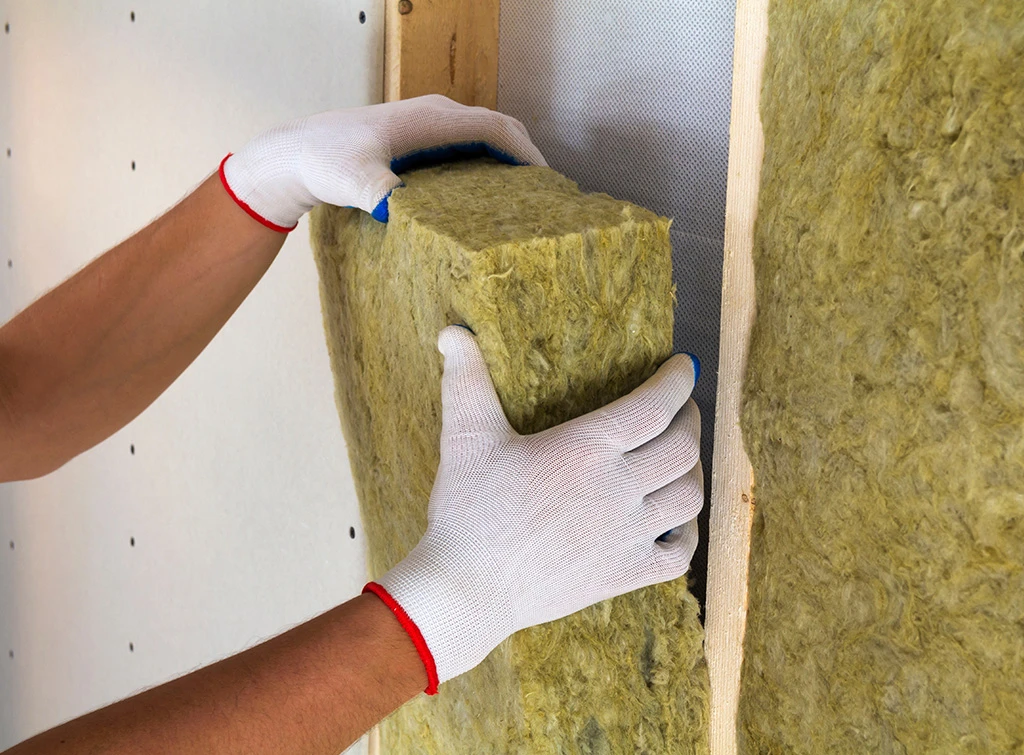
Find a retrofit installer
Retrofitting your home is an investment that pays off in the long run as you enjoy lower energy bills, improved home comfort, and increased property value.
By understanding the costs, potential savings, and financial help available for retrofitting your home, you can now make informed decisions to help make your home more energy-efficient.
If you're considering a whole house retrofit, remember to always work with checked installers to ensure compliance with regulations and industry standards.
So whether you need an insulation installer, a glazier, or a heating engineer, we've got you covered. Search your postcode, below, to find checked and reviewed tradespeople covering your local area.
See the tradespeople we've checked and recommend for your job
More Cost Guides
See the tradespeople we've checked and recommend for your job

